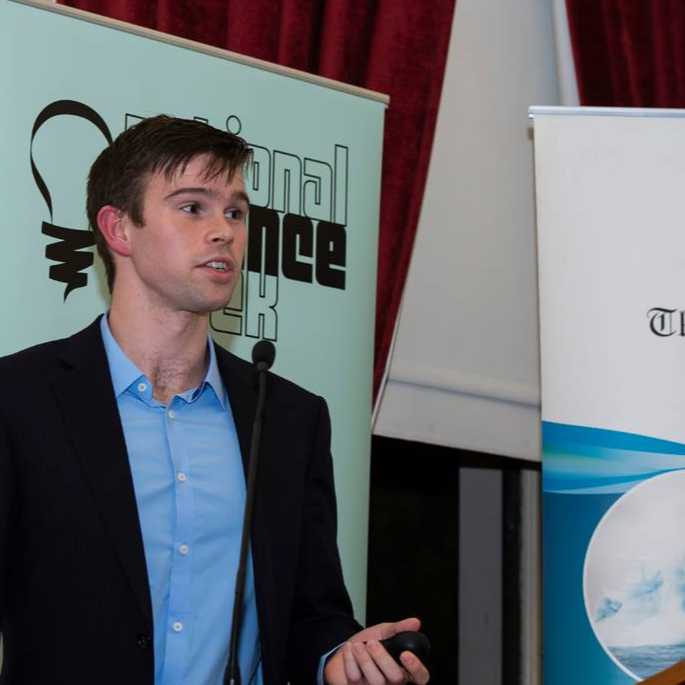Dec 20, 2024
Immunohistochemical staining of wholemount female rat urethra preparations
Forked from a private protocol
- 1University of Melbourne
- SPARCTech. support email: info@neuinfo.org

Protocol Citation: John-Paul Fuller-Jackson, Peregrine B Osborne, Janet R Keast 2024. Immunohistochemical staining of wholemount female rat urethra preparations. protocols.io https://dx.doi.org/10.17504/protocols.io.x54v92d64l3e/v1
License: This is an open access protocol distributed under the terms of the Creative Commons Attribution License, which permits unrestricted use, distribution, and reproduction in any medium, provided the original author and source are credited
Protocol status: Working
Created: May 21, 2024
Last Modified: December 20, 2024
Protocol Integer ID: 100170
Keywords: urethra, myelin, sensory, lower urinary tract, peripheral nervous system
Funders Acknowledgements:
NIH SPARC
Grant ID: 3OT2OD023872
Abstract
This protocol describes the tissue preparation and immunohistochemical procedures applied to wholemount urethra from the female rat. Wholemount immunohistochemistry keeps structures within the tissue intact, but keeps the tissue flat enough that high resolution confocal microscopy can be employed. This is only suitable for the female rat, as the male rat urethra is too thick and muscular. The antibodies recommended in this protocol are to visualize AAV-PHP.S transfected neuron axons, as well as myelin basic protein and S100.
Materials
Anti-CGRP antibodyAbcamCatalog #AB81887 Horse serumSigma AldrichCatalog #12449C Triton X-100Sigma AldrichCatalog #T8787-50ML
Anti-S100 antibody (rabbit)DakoCatalog #Z0311
Anti-CGRP antibody (mouse)AbcamCatalog #AB81887
Anti-MBP antibody (human) conjugated to FITCMiltenyi BiotecCatalog #130-120-341 Anti-RFP antibody (guinea pig)Synaptic SystemsCatalog #390004
Anti-TH antibody (rabbit)Merck Millipore (EMD Millipore)Catalog #AB152
Anti-VAChT antibody (rabbit)Synaptic SystemsCatalog #139103
AF647 Donkey anti-rabbit antibodyInvitrogenCatalog #A32795 Cy3 Donkey anti-guinea pig IgGJackson ImmunoResearch Laboratories, Inc.Catalog #706-165-148
AF488 Donkey anti-mouse IgGJackson ImmunoResearch Laboratories, Inc.Catalog #715-545-150
Solutions:
- PBS: phosphate-buffered saline, 0.1 M, pH 7.2
- PBS containing 0.1% sodium azide
- PB: phosphate-buffer, 0.1M, pH7.2
- Blocking solution: PBS containing 10% normal horse serum and 0.5% triton X-100
- PBS containing 0.1% sodium azide, 2% normal horse serum and 0.5% triton X-100
- 4% paraformaldehyde in 0.1M phosphate buffer, pH 7.4
- 0.9% sodium chloride, 1% sodium nitrite (w/v) and 0.11 ml heparin (5000 IU/ml)
Primary Antibodies:
| A | B | C | D | E | |
| Abbreviation | Synonym | RRID | Host Species | Dilution | |
| S100 | S100 | AB_10013383 | Rabbit | 1:1000 | |
| MBP-FITC | Myelin basic protein conjugated to Fluorescein isothiocyanate | AB_2857520 | Human | 1:2000 | |
| RFP | Red fluorescent protein | AB_2737052 | Guinea pig | 1:500 | |
| TH | Tyrosine hydroxylase | AB_390204 | Rabbit | 1:2000 | |
| CGRP | Calcitonin gene-related peptide | AB_1658411 | Mouse | 1:1000 | |
| VAChT | Vesicular acetylcholine transporter | AB2247684 | Rabbit | 1:4000 |
Secondary Antibodies:
| Tag-antibody | Host species | RRID | Dilution | |
| Cy3 anti-guinea-pig | donkey | AB_2340460 | 1:2000 | |
| AF647 anti-rabbit | donkey | AB_2762835 | 1:1000 | |
| AF488 anti-mouse | donkey | AB_2340846 | 1:2000 |
Preparation of sample
Preparation of sample
Following 'Intracardiac perfusion with buffer for anatomical studies'' dissect urethra from the female rat and place it in a petri dish containing prewash solution.
Bisect the urethra longitudinally on the dorsal midline.
Pin the urethra out flat on a Sylgard-lined Petri dish with the urothelial surface facing upwards and gently stretch equally on both edges of the tissue by moving the pinned tissue out until the tissue is completely flat. Do this under stereomicroscope to ensure no damage is done to tissue during this procedure.
Replace the prewash solution with freshly made 4% paraformaldehyde (PFA) in 0.1 M phosphate buffer (PB) and post-fix overnight at 4 °C
Remove the pins and wash the urethra in PB (3 x 30 min)
Store in PBS containing 0.1% sodium azide at 4 °C until used for immunohistochemistry
Immunohistochemistry
Immunohistochemistry
Wash urethra in phosphate buffer (PB; 0.1M; pH 7.2) (3 x 10 min)
Wash urethra in 50% ethanol/ H2O (2 x 30 min)
Incubate sections in blocking solution (PB; 10% normal horse serum) at room temperature for 2 h
Incubate sections in appropriate dilutions of primary antibodies (or combinations of primary antibodies) for 5 days. Antibodies are diluted in PBS containing 0.1% sodium azide, 10% normal horse serum, and 0.5% Triton-X100.
Wash tissue in PBS (3 x 30 min)
Incubate sections in appropriate dilutions of secondary antibodies (or combinations of secondary antibodies) 5 days in protected from light. Antibodies are diluted in PBS-azide containing 10% horse serum, and 0.5% triton-X.
Wash tissue in PBS (3 x 30 min), protected from light
1 x 1 hour wash in buffered glycerol
Mount the flat urethra on a glass slide using buffered glycerol and coverslip, seal the slide with clear nail polish. For optimal imaging ensure the tissue layer of interest is facing up towards the coverslip. For example, if the lamina propria and urothelium are to be imaged, place the sample with urothelium up.
